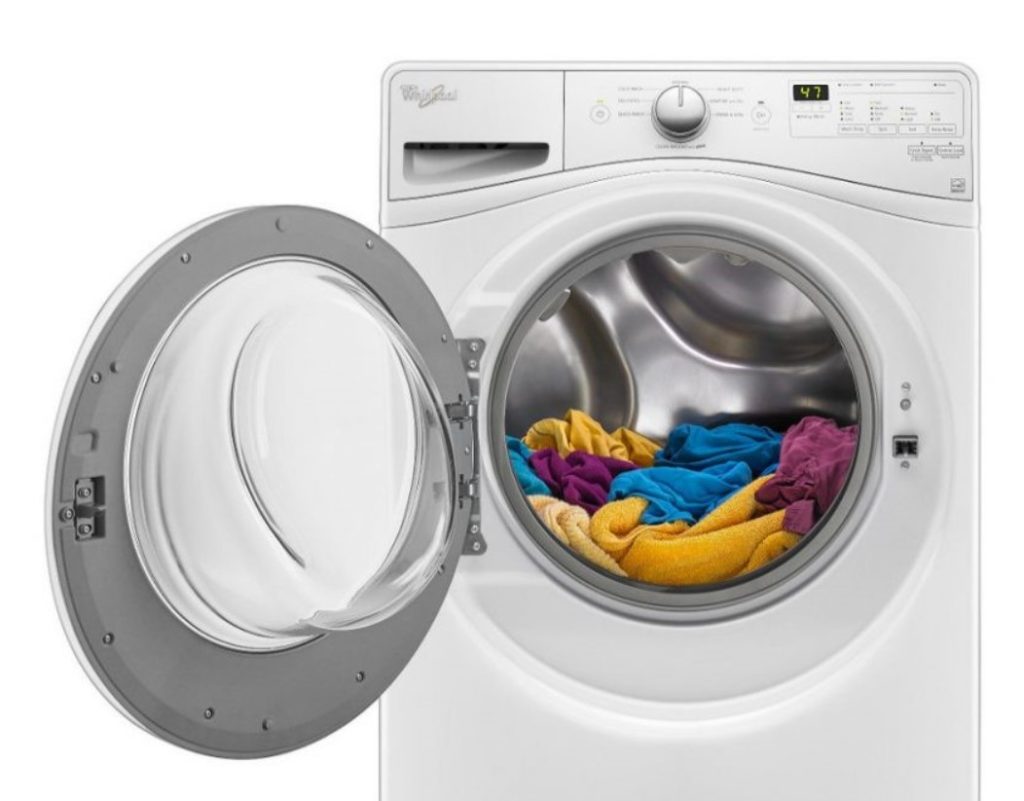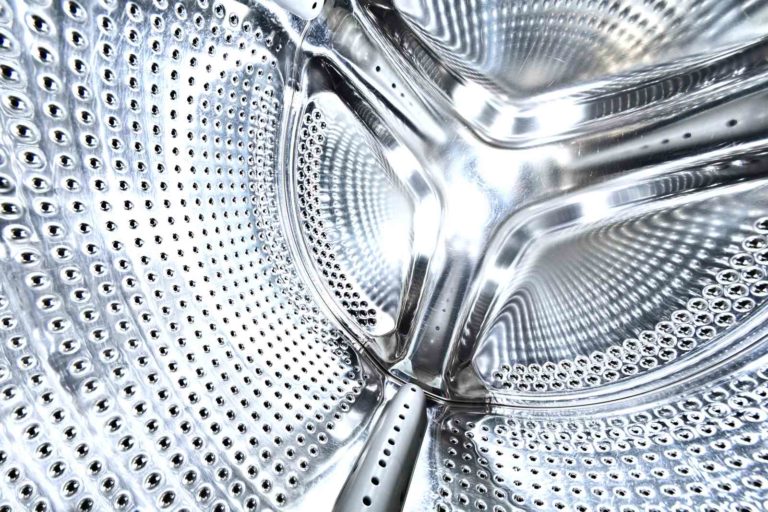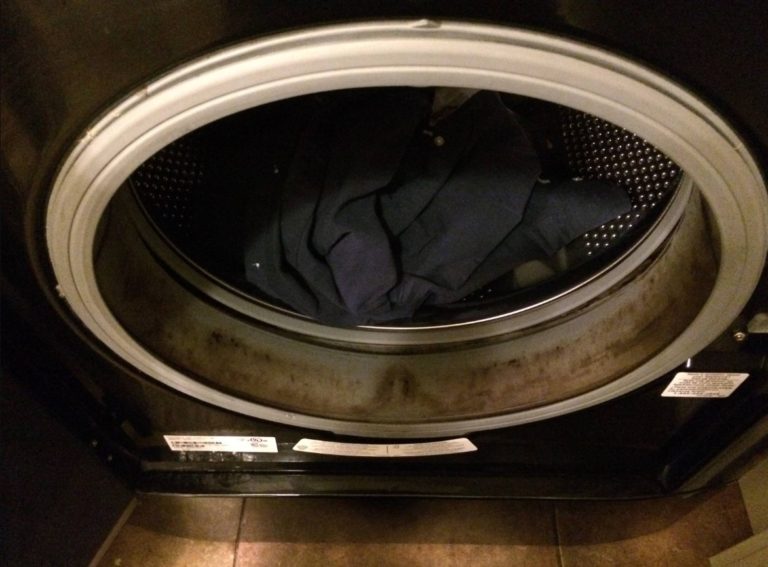We’ve come a long way to keep clothes clean in the US. From the early days of washing in rivers, or pounding clothing on rocks, to today’s high efficiency washing machines.
But disinfecting has also been important in the last century. Early attempts include reducing human urine to an ammonia agent, in order to produce a bleaching disinfection product. Let’s just say, we’ve come a long way.
Washing has played an important role in terms of public health and hygiene. In the early 19th century public wash houses were financed by the state in order to elevate the health of towns and villages. These public wash houses were not only important socially, but the techniques used by women in the wash houses inspired the earliest washing machines.

In 1830 the first mechanical washing machine was introduced in England. In the early 1900s the first electric washing machine was introduced. From then on improvements such as greater energy efficiency, as well as water saving technologies have been implemented.
But for each solution, problems also arise. Today’s front load washers especially have inevitable mold issues. The bellows assembly found in the sealing doorway is a common source of problem, collecting lint, dirt, and moisture. This becomes the perfect environment for germs, microbes, molds, fungus and even viruses to thrive. Drain holes become clogged with soap scum, grime and debris. And the issue continues to spread, over time. This same issue occurs not only in the visible front gasket, but can easily begin in the exterior drum which is not visible to the consumer.
Physically wiping out the gasket area can go along way toward reducing the potential for unwanted organisms. In addition, you can help avoid this overgrowth by leaving the washer door open after laundry cycles. This allows much of the humidity to dissipate.
Once overgrowth has accumulated however, it may be time to look into deep clean Sanitization. Bleach is not the best solution unfortunately. For more on this, watch for our blog on Bleach. Or call us for more details on the multi-stage process we use to break down scum, disinfect the washer, and sterilize.



